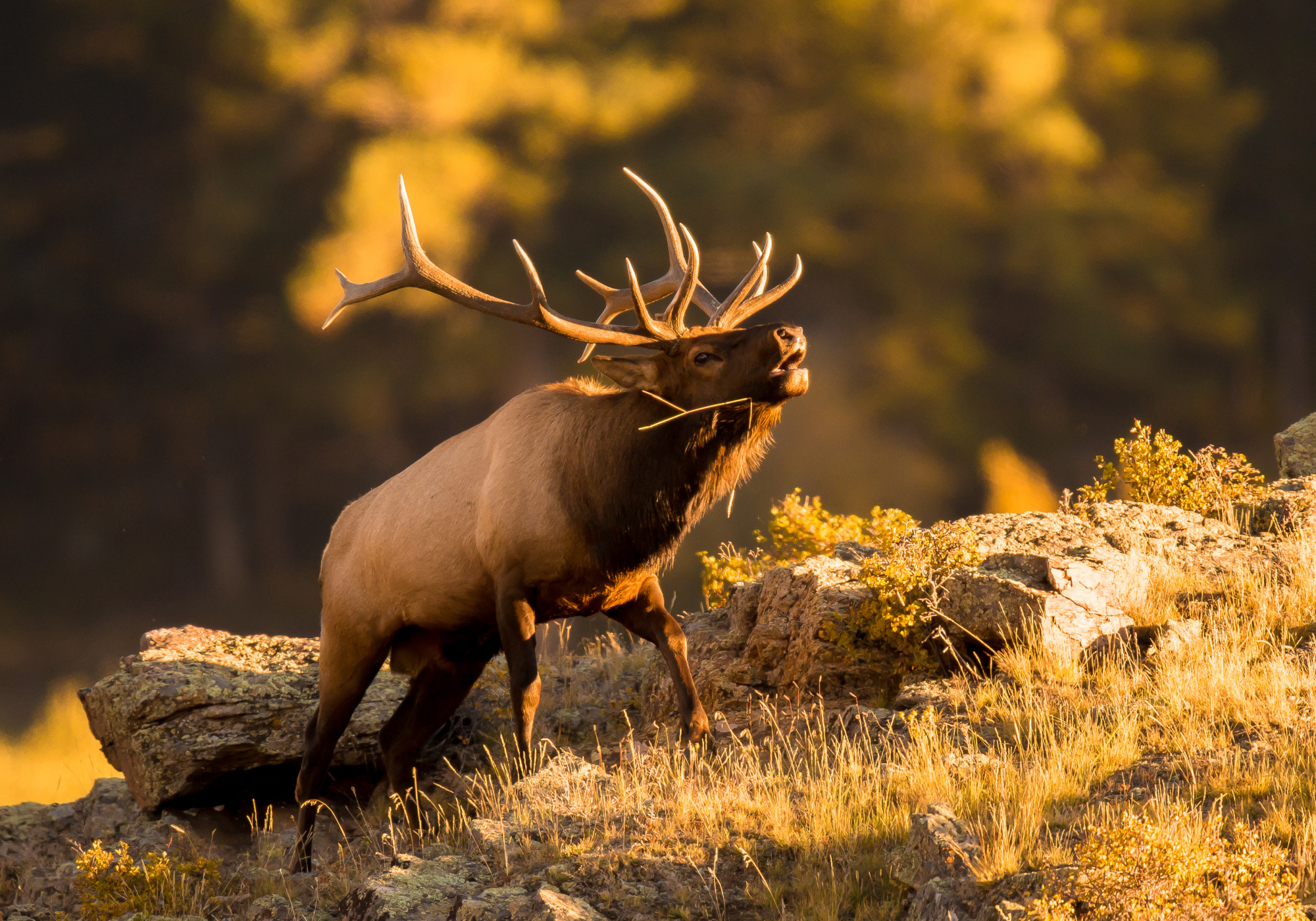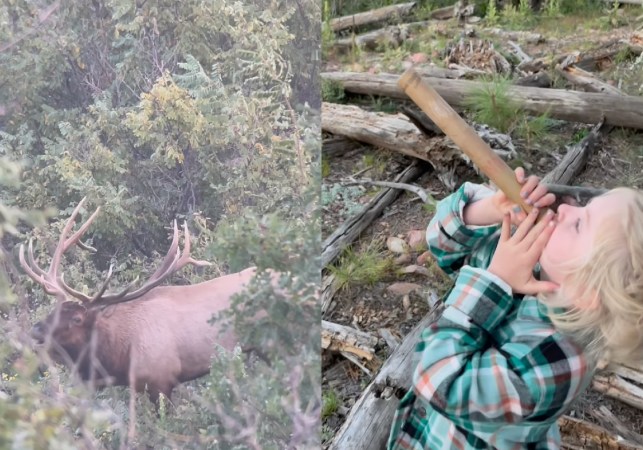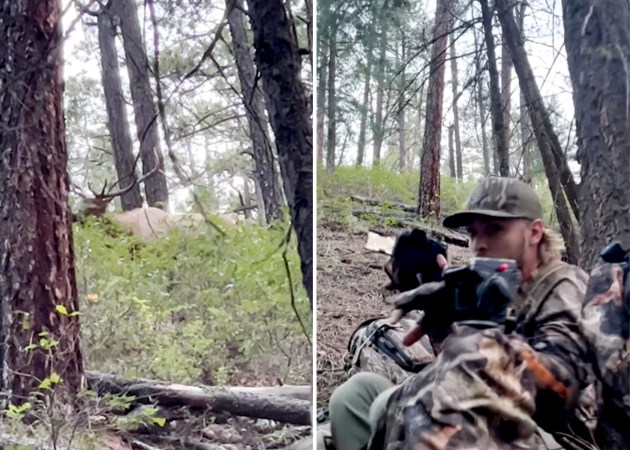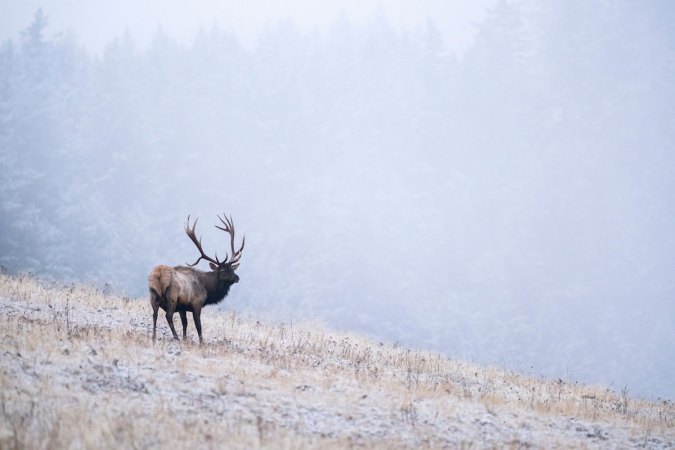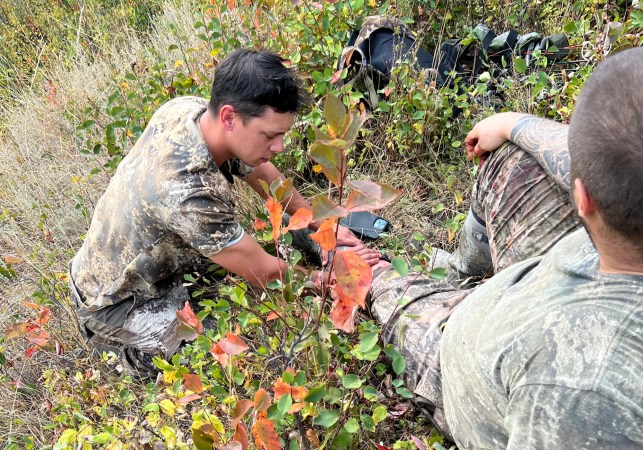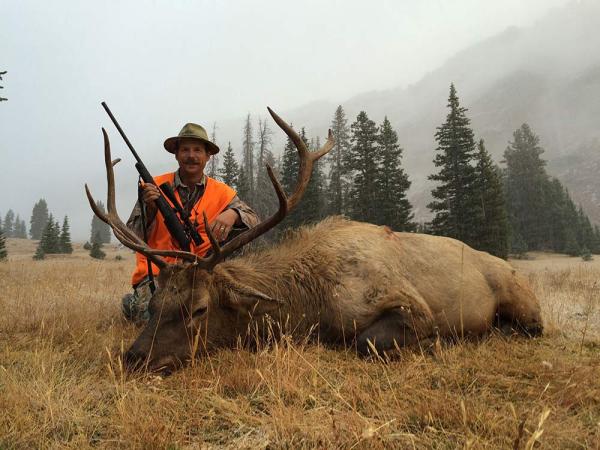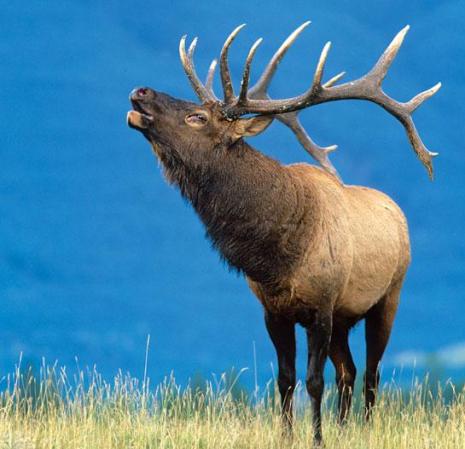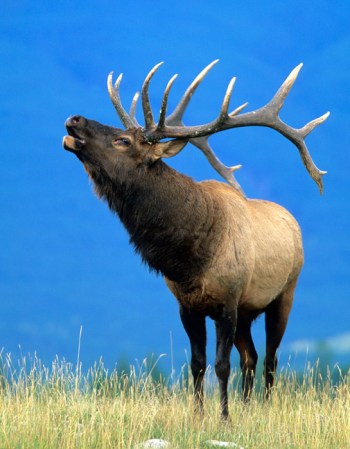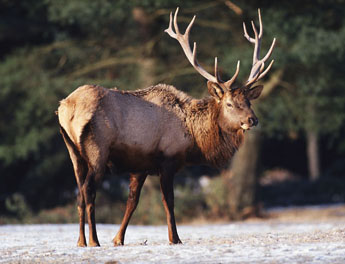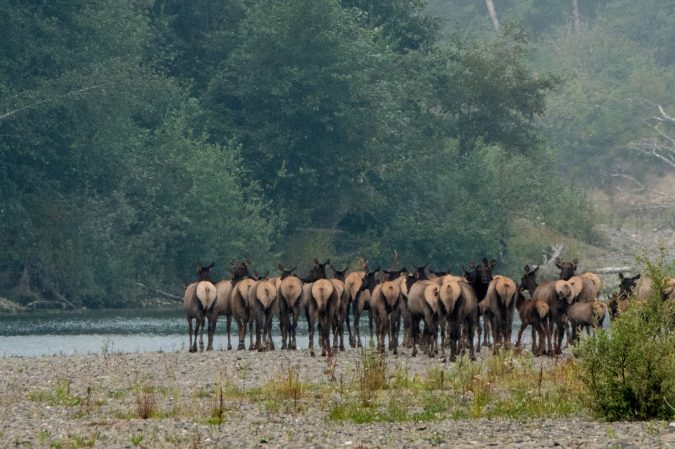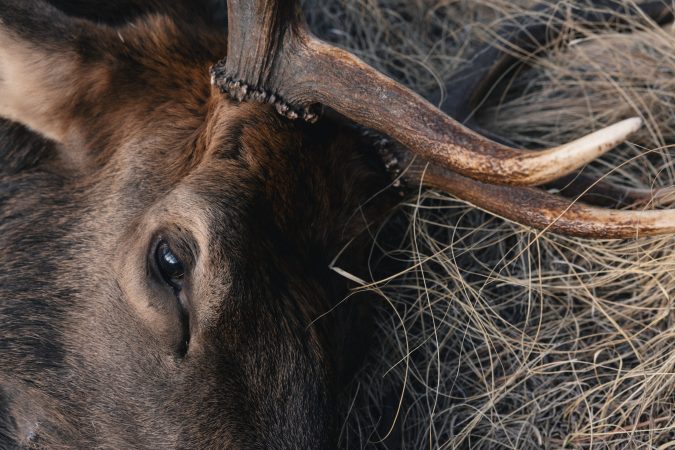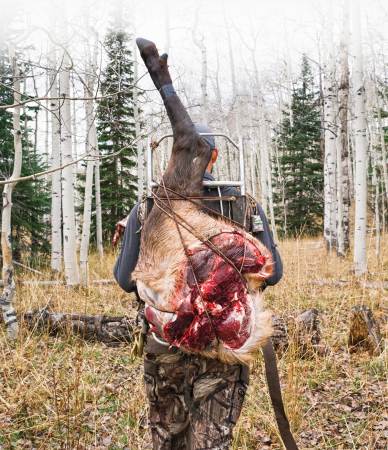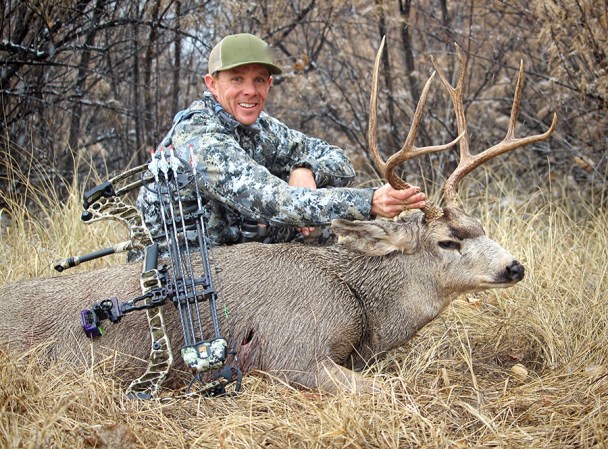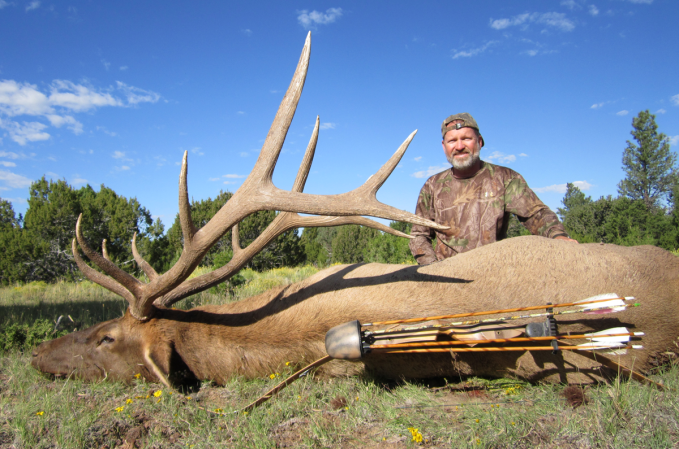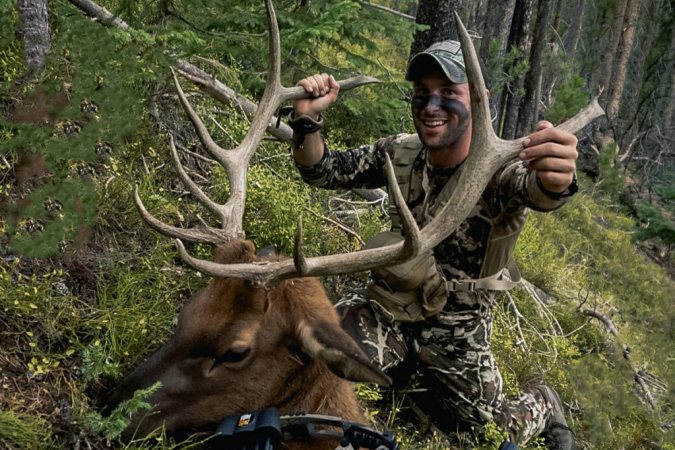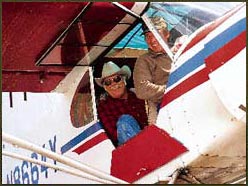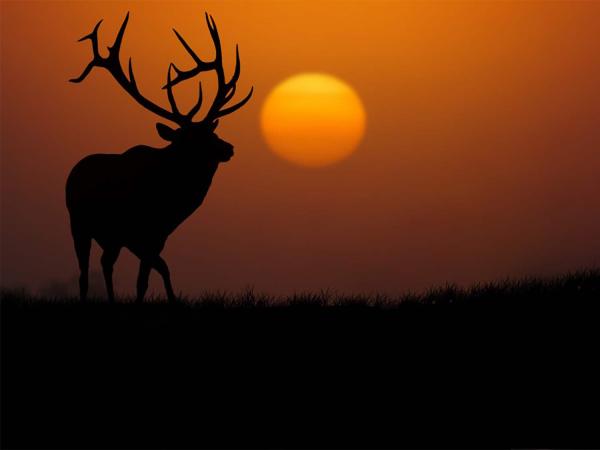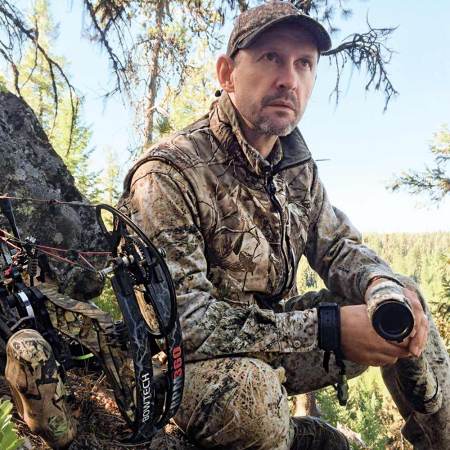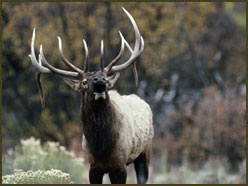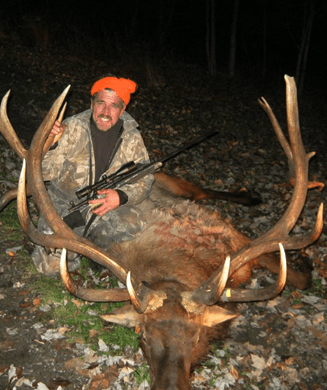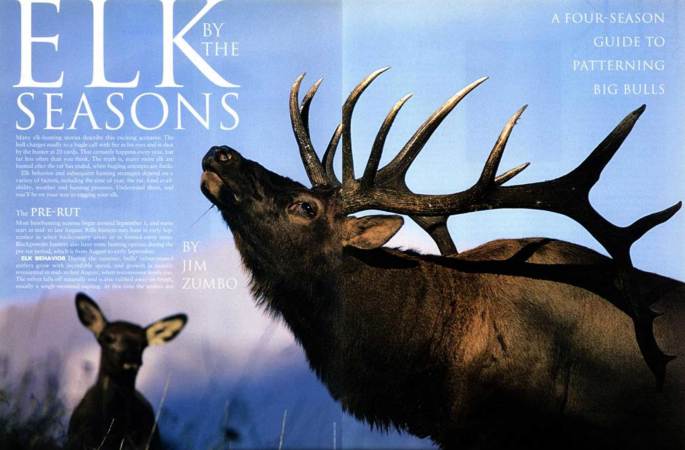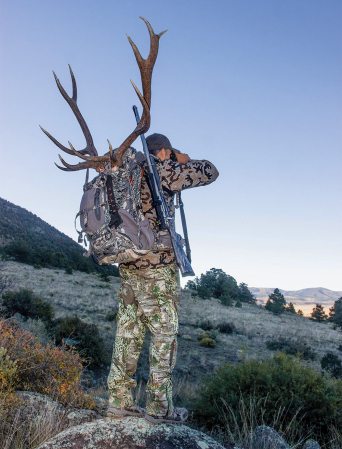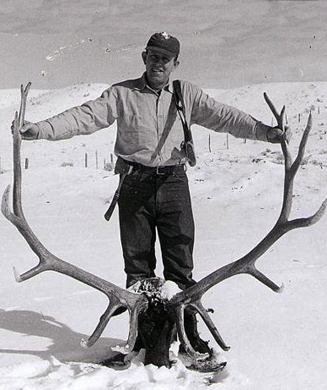Dr. Jennifer Clarke was just slightly miffed when, after sending her graduate students to the library at the University of Northern Colorado to find published research on elk vocalizations, they returned without success. She assumed they weren’t looking hard enough. So, Clarke took matters into her own hands, although her hands would return from the library as empty as those of her students. The lack of existing research on how and why elk bugle was a sign that she’d found something worth exploring.
That was in the early 2000s. Two decades and countless studies later, Clarke and fellow researcher Tracee Nelson-Reinier have discovered that bull elk actually bugle in regional dialects. They studied three genetically similar elk populations in Colorado, Wyoming, and Pennsylvania. (The Colorado and Pennsylvania herds were translocated from the Wyoming population a century ago.) Just like how your uncle from Boston sounds like Mark Wahlberg but your cousin from Tucson doesn’t, the bulls in the three populations bugled differently, despite being somewhat related. The researchers published their study in the Journal of Mammology on Jan. 6, 2023.
This discovery joins a small-but-growing body of research on elk bugling as a form of animal communication. It also confirms something that seasoned elk callers and hunters are already well-versed in: this idea that elk sound a little different everywhere.
Bugle with the Best
Beau Brooks has been guiding elk hunts in eastern Oregon since he was 18 years old. Now 26, the son of famous elk hunter Casey Brooks has hunted elk in Nevada, Idaho, Washington, Oregon, Montana, and other states. If there’s someone familiar with how elk calls vary, it’s Brooks. That knowledge paid off in July 2022 when he won the Rocky Mountain Elk Foundation’s World Elk Calling Championship in Salt Lake City. He also works for Higdon Outdoors, a decoy company, so he knows a lot about imitating animal noises and behaviors.
To Brooks, quality bugling in elk country comes down to knowing what you’re saying and when you’re saying it.
“The most important thing is timing. It’s more emotion-oriented,” Brooks tells Outdoor Life. “A giant bull could have three different bugles. He could be sitting in his bed and letting out a cute one, and then all of a sudden you wake him up and he turns into a big, growly son-of-a-gun. So when you’re slipping in on a bull, understanding what you’re saying in the circumstance that you’re saying it in is the most important thing.”
Brooks already changes the way he calls depending on his surroundings. He uses different strategies for different landscapes based on how sound travels through them and how close to the herd he is.
“In my experience, I would not change the way I’m calling to match the region, per se, for any reason other than the place I’m in,” Brooks says. “If it’s thick woods, I’m going to chuckle a lot more when I’m in tight. I’m going to have to bugle a lot louder to get through the forest. If I’m in the wide open with mountains around, it carries really nice…but taking it up three or four notches can get really loud really quick, and he’ll take his cows and run.”
Read Next: Watch This 6-Year-Old Call in a Trophy Bull with a Cardboard Tube
This idea that bugles change as a result of an elk’s habitat in a given moment certainly follows logic. But do different habitats explain the variety of accents across multiple populations? According to Clarke’s research, the answer is no.
Elk from East to West
Clarke has her experiences in Colorado to thank for her obsession with elk vocalizations. But it was during a trip to the East Coast that she became interested in how they vary.
“We started by looking at the behavior of elk in Colorado. Then we went up to the Grand Tetons…time passed and I ended up back east where elk had been reintroduced,” Clarke explains to Outdoor Life. “The forest back east is entirely different from the open, wild country of the West. Sound travels differently through a forest than through big open meadows. So I wondered if a dialect had developed such that the bugle calls back east propagate better through the dense forest habitat versus in the West. That’s what started the study.”
As Clarke describes it, the idea that animals change the frequency and time of their sounds to travel better through a certain kind of habitat is called the “acoustic adaptation hypothesis.” But when she analyzed the results of the study, the data didn’t support the AAH as the reason for why the herds had different dialects. While the bugles were quite distinct from each other, the Pennsylvania bugle wasn’t as different from those of Colorado and Wyoming as the Pennsylvania habitat was from the Colorado and Wyoming habitats.
“It was a mess. There was no pattern anywhere. It has nothing to do with the environment,” Clarke says. “None of the things we measured fit with the AAH of what the call should look like. If you think of a call that goes through a forest, they’re not doing it. Something else is making the calls different.”
More Questions Worth Asking
While proving the AAH would have made for a clean, tidy study, Clarke is excited by the idea that something else could be causing these regional differences.
“Sometimes it’s very difficult to get negative data published, but there are other potential hypotheses here,” she explains. “Maybe it is genetics, maybe it is learning. These animals are fairly long-lived, they stick together, and they listen to each other. Could it be learning? Could they listen to other males and try to sound like them? Is that how they learn? We don’t know.”
What we do know is that as research develops on what individual herds sound like and why, this information could become useful to elk callers and hunters one day. At least for right now, we know beyond a shadow of a doubt that a Pennsylvania bull and a Wyoming bull are more distinct than previously thought, even if their genetics are linked. But Clarke doesn’t think the discovery that elk bugle in different accents would shock anyone who considers themselves an elk expert.
Read Next: The Best Elk Calls of 2023
“Anyone who listens to elk, hunters, photographers, they know this,” she says. “It’s just never been measured. No one has ever measured the components of the elk bugle…nobody’s done [the research]. So that’s what I’m doing.”

